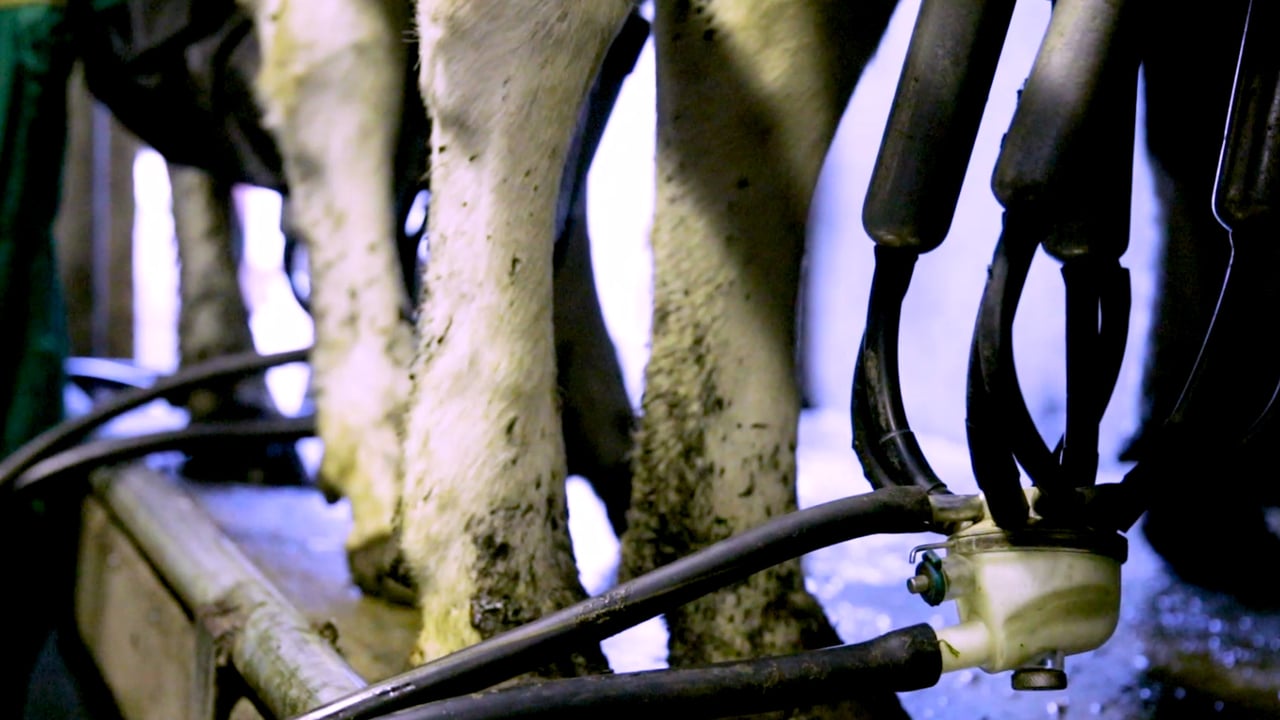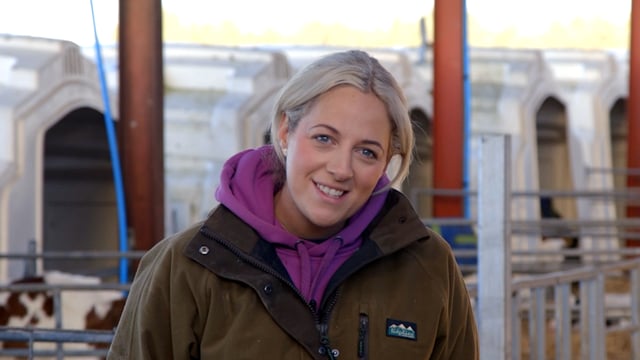'Alarming differences' in milk prices being paid by co-ops
There are "alarming differences" in milk prices being paid by co-ops for September supplies, the Irish Creamery Milk Suppliers' Association (ICMSA) has said.
Following the recent series of price cut announcements by co-ops and processors across the country, the chairperson of ICMSA’s dairy committee, Noel Murphy, has questioned the disparity between prices now applicable across the country.
“We are not naive and don’t expect co-ops to beat the market," Murphy said.
"This current phase and market is putting suppliers under real pressure and we have to deal with that.
"What we have much more trouble dealing with is the frankly very alarming differences in prices now being paid by the co-ops and we think that this is becoming even more of an issue."
He said there is an almost 5c/L difference in base price for September milk supplied from top to bottom.
He said this is a "staggering difference" for farmers delivering essentially the same product but getting paid by different processors.
"We estimate over €2,000 of a difference in returns if supplying 45,000L in September," Murphy said.
"This is very difficult to take or rationalise where you have neighbouring farmers experiencing that kind of differential for the same amount of milk supplied."
Forward pricing
Murphy also repeated his previous scepticism on the question of ‘forward pricing'.
“What happened to the forward contracts made some months ago that should be insulating farmers from the most recent cuts in price?" the dairy chairperson said.
"They are constantly invoked when markets are rising, and farmers are told that contracts made at lower prices must be fulfilled at those lower prices.
"Farmers are told that it takes three to four months for rising markets to work through to farmer price precisely because of this forward pricing.
"The same principle should obviously work when the markets are falling, and contracts made at higher previous prices should be insulating the farmer-suppliers against the most recent cuts.
"That’s not what we see; we see market falls manifesting immediately in lower prices for the farmer-suppliers and very little then about forward pricing."
Murphy said that a dairy farmer in 2025 is expected to be able to deal with this kind of "unmanageable volatility" and be able to "see out these times of price drop".
“What’s harder is to look at neighbouring farmers getting higher base prices and higher milk cheques for the same volume with the same constituents and know that this was a decision or competence of his or her co-op over yours," he concluded.





